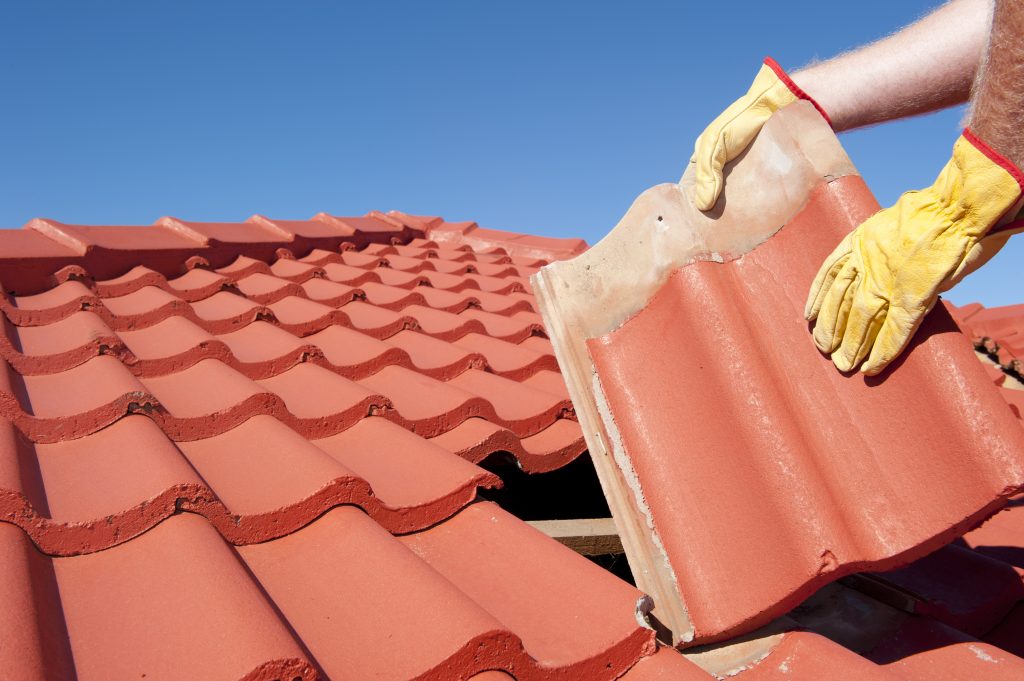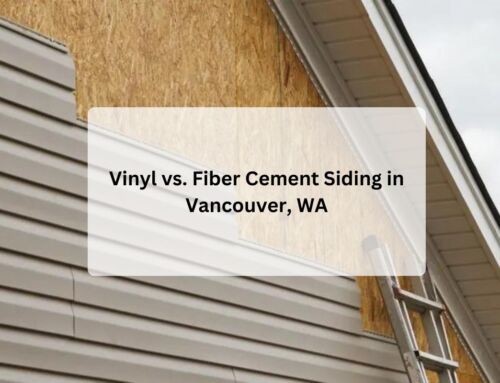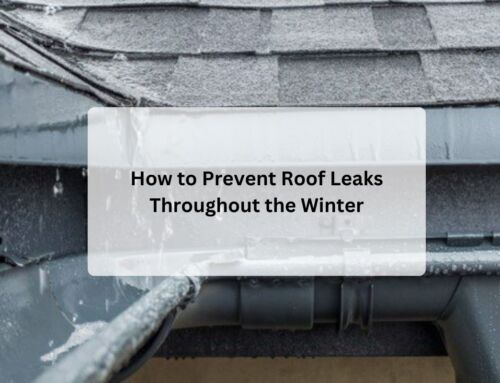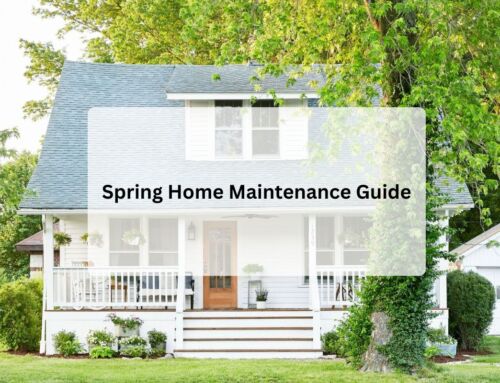Signs your Roof Needs to be Replaced
Many homeowners tend to overlook their roofs until issues arise. When the roof isn’t causing any problems, it’s easy to forget about its maintenance. However, it is important for homeowners to regularly inspect and clean their roofs, gutters, downspouts, drains, and remove leaves and debris during spring and fall. This proactive approach to roof care is crucial to maintain the overall condition of the property. By inspecting for damage, homeowners can assess the extent of any issues and determine whether repairs or a roof replacement are necessary. Taking these steps will help you avoid costly repairs and prolong the lifespan of your roof.
Here are four indicators that can assist you in determining if it’s time to replace your roof:

- Blistering Or Bubbling of The Roof
If you notice blistering or bubbling on your home’s roof, it may be a sign that it’s time to consider a replacement. Bubbling occurs when air or water becomes trapped beneath the surface of the roofing material, causing it to lift and form bubbles. This can compromise the roof’s integrity. On the other hand, blistering happens as the roofing material deteriorates, leading to the formation of small air or water pockets. This deterioration weakens the roof’s structure and increases its susceptibility to further damage. When you observe any bubbling or blistering, it’s crucial to promptly contact a roofing contractor to assess the situation. They will be able to evaluate the extent of the damage and advise on the need for either repairs or a complete replacement.
2. Moldy Roof
Moisture poses a significant threat to the longevity of your roof, as it can lead to the formation of moss and mold in undesirable areas. These dark and damp regions provide an ideal environment for growth, with spores capable of infiltrating even the tiniest spaces between tiles. The presence of moss and mold not only detracts from the visual appeal of your roof but also poses potential risks if left unaddressed. These organisms can cause significant damage to your roof over time. Therefore, it is crucial to promptly identify any signs of moss or mold on your roof. By being proactive, you can take the necessary measures to prevent further damage and ensure the long-term health of your roof.
3. Old Roof
The age of your roof can serve as a helpful guideline when assessing the need for a replacement. While it is not a definitive warning sign, it is an important factor to consider alongside other determining factors. Typically, a well-installed roof using high-quality materials can last between 12 and 15 years. Metal roofs tend to have even longer lifespans due to their superior durability. Therefore, as your roof approaches the end of this expected lifespan, it becomes prudent to start contemplating a replacement. However, bear in mind that various factors impact the longevity of a roof. Therefore, it is advisable to consult with a roofing professional who can provide a comprehensive assessment of your roof’s condition and give you the most accurate recommendation regarding replacement or repair.
4. Leaky Roof
If you notice a leak in your roof, it’s essential to act swiftly. A leaking roof can give rise to a range of problems, including the proliferation of mold and mildew, deterioration of wood, and potential structural damage. To address the issue promptly, it is advisable to reach out to a roofing contractor who can pinpoint the source of the leak, conduct a thorough inspection, and recommend the necessary repairs to fix it as soon as possible. It’s important to avoid procrastinating on replacing your roof for an extended period of time, as this could expose you to a host of significant issues. By taking timely action, you can minimize the potential risks and ensure the long-term integrity of your home.
Choose A Roofing Contractor that serves Portland, OR Today!
Making the decision to replace your roof instead of repairing it can be challenging. Your roof plays a vital role in protecting your home, and it requires proper care. By familiarizing yourself with the warning signs, you can make an informed decision about when it’s necessary to replace your roof. This will help you prevent potential damage and avoid any other issues that could arise from a compromised roof. Taking proactive steps in maintaining your roof ensures the continued safety and well-being of your home.
 307(Ratings & Reviews)
307(Ratings & Reviews)




